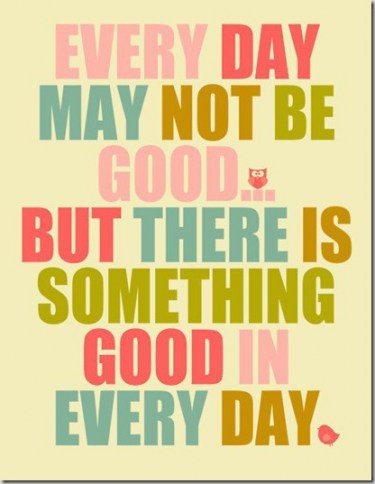There's really just one criterion she gives herself: be specific.
It's been about a year since I read her book, but the theme keeps nagging at me--what would it look like to live a life that's truly grateful?
I was curious. But I also knew I needed ways to practice this thankfulness on a daily basis. Voskamp had her journal. I needed something concrete, too. And, specially, how could I incorporate it into my teaching? Because that's basically my life right now.
This semester I'm trying out two ways to be thankful as a teacher. Now, mind you, the semester has only just begun, so I hope this post isn't premature. But, I've already started to see a change in my attitude...
Discipline #1: Two Students a Day
 I have 150 students. For the most part, I love that. I love that I have a chance to impact so many lives. However, it can also be incredibly draining. Their struggles--which often reach far beyond the world of academia--become my struggles and wear on me. There's no way to give each kid the time s/he needs every day: there just aren't enough hours in the day.
I have 150 students. For the most part, I love that. I love that I have a chance to impact so many lives. However, it can also be incredibly draining. Their struggles--which often reach far beyond the world of academia--become my struggles and wear on me. There's no way to give each kid the time s/he needs every day: there just aren't enough hours in the day. So, I needed a way to narrow down my focus somehow. I bought a spiral notebook with index cards and wrote two students' names on each card. Every morning, I flip over a card and see two students whom I purpose to be thankful for that day. Some mornings, I see the names and think, "Well that's easy! These kids are awesome." Some days it takes me a while to come up with specific things I'm thankful for in those students. But I'm liking the challenge. And I do think it's changing me for the better.
Discipline #2: One Good Thing
 This wonderful blog started by Rachel Kernodle has been another great way for me to stay thankful. The tag line says it all: "Every day may not be good, but there is one good thing in every day." At this blog, teachers share one good thing that happened that day. What an incredible idea! I've greatly enjoyed both reading and writing.
This wonderful blog started by Rachel Kernodle has been another great way for me to stay thankful. The tag line says it all: "Every day may not be good, but there is one good thing in every day." At this blog, teachers share one good thing that happened that day. What an incredible idea! I've greatly enjoyed both reading and writing.Part of the reason I'm sharing these two disciplines is because now that I've put it out there, I have an even bigger motive to stay consistent. I hope I can continue these practices through the end of the year, and then reflect and see if they've changed me. Time will tell...

